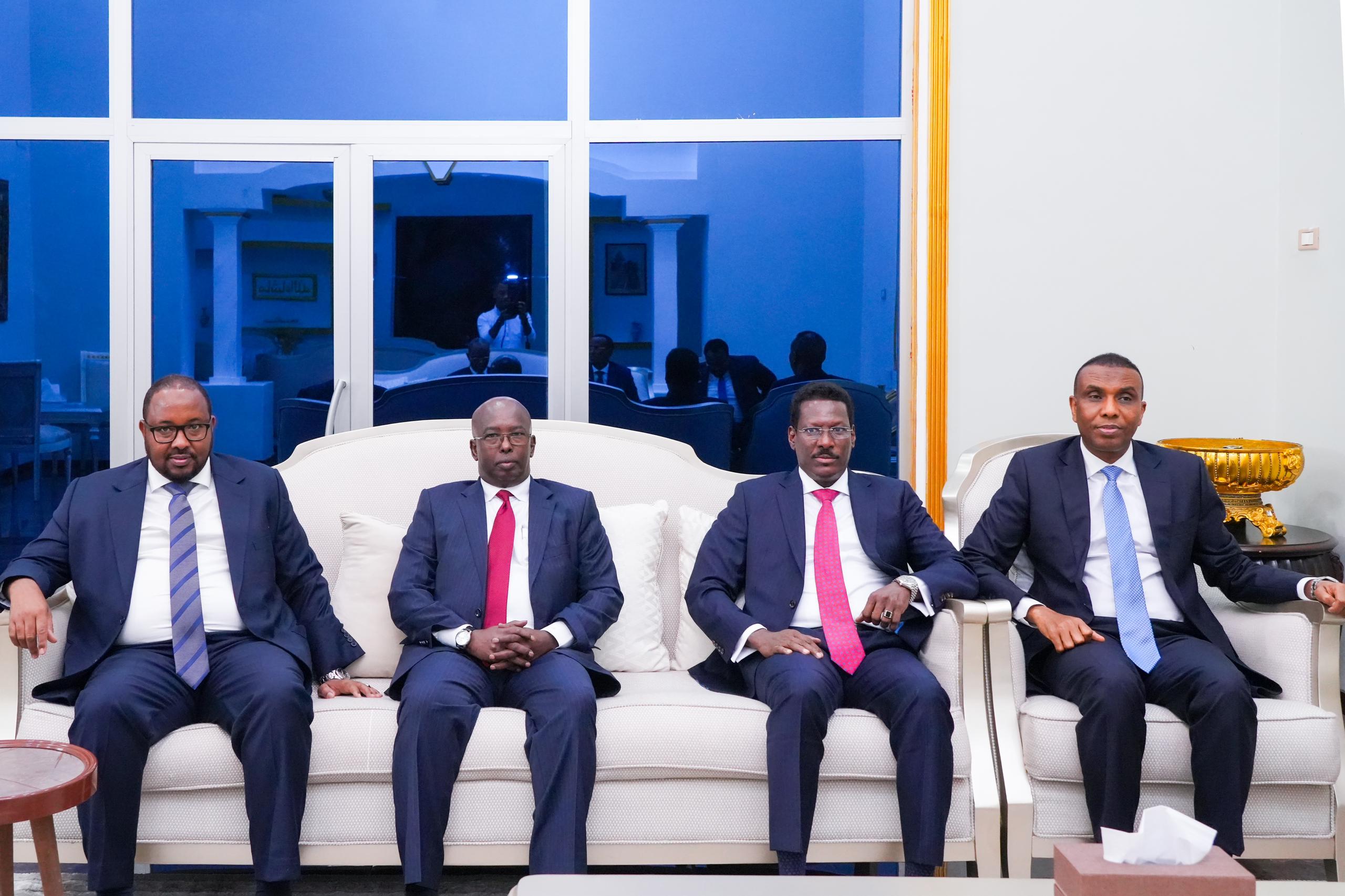Report on the Political Implications of SSC-Khatumo’s Alignment with President Hassan Sheikh Mohamud’s Administration
By Warsame Digital Media (WDM) | @ismailwarsame
Executive Summary
This report examines the political and strategic implications of the recent alignment between SSC-Khatumo and President Hassan Sheikh Mohamud’s federal government. This development is analyzed in the broader context of Somalia’s federal dynamics, inter-regional relations, and the symbolic and practical ramifications of SSC-Khatumo’s emerging role within the federal framework. While the move has been seen as a symbolic victory for SSC-Khatumo, it also exposes the fragile nature of federalism in Somalia and the complex interplay between legitimacy, recognition, and political leverage.
1. Introduction
The emergence of SSC-Khatumo as a political administration in northern Somalia has altered the federal landscape. Following its military victory over Somaliland forces and the liberation of Sool, Sanaag, and Cayn (SSC) territories, SSC-Khatumo has moved swiftly to assert itself within Somalia’s federal structure. Its recent political alignment with President Hassan Sheikh Mohamud’s administration marks a turning point with both opportunities and significant complications
2. Background and Context
SSC-Khatumo was born out of years of political marginalization, inter-regional contestation, and grassroots mobilization. Its roots lie in community resistance against both allegedly Puntland’s neglect and Somaliland’s expansionist policies. With the defeat of Somaliland forces in 2023–2024 with the assistance of Puntland State, SSC-Khatumo declared itself an autonomous administration seeking formal integration into the Somali federal system.
Simultaneously, the federal government under President Hassan Sheikh Mohamud has faced increasing isolation from influential federal member states (FMSs) like Puntland and Jubaland. This has left Villa Somalia with a diminished political coalition and a pressing need for new allies.
3. Analysis of SSC-Khatumo’s Alignment
3.1. Symbolic Recognition
SSC-Khatumo’s entry into the political orbit of Villa Somalia carries symbolic weight. It is viewed as a validation of its self-declared authority and an acknowledgment of its role in safeguarding Somali unity. The comparison to the Banadir Administration—Mogadishu’s local government entity without full FMS status—underlines the initial limitations of this recognition but still marks a step up from complete exclusion.
3.2. Practical Benefits and Risks
While symbolic recognition is important, practical benefits remain elusive. SSC-Khatumo lacks clear federal member state status and thus does not enjoy the same constitutional protections or budgetary entitlements as recognized FMSs. Furthermore, its relationship with the central government may expose it to co-optation risks, potentially undermining its grassroots legitimacy.
3.3. Proxy Representation of Puntland and Jubaland
In the vacuum left by Puntland and Jubaland, SSC-Khatumo is being perceived—rhetorically or otherwise—as a substitute voice in national politics. This dynamic places an unfair burden on a nascent administration and could invite tension with more established FMSs, particularly if SSC-Khatumo is seen as an instrument of Villa Somalia’s centralization agenda.
4. Implications for Somali Federalism
4.1. Fragility of the Federal System
The Somali federal model remains underdeveloped, and the selective recognition of regional entities exacerbates tensions. SSC-Khatumo’s ambiguous status is indicative of a system that lacks standardized criteria for inclusion, recognition, and political representation.
4.2. Risks of Political Fragmentation
Without a coherent framework, the piecemeal integration of new administrations could fuel further fragmentation. SSC-Khatumo’s rapid inclusion, juxtaposed with the exclusion of existing FMSs from key national processes, could provoke institutional instability and heighten inter-regional rivalries.
5. Geopolitical and Strategic Considerations
SSC-Khatumo’s emergence also affects Somalia’s geopolitical positioning. It challenges Somaliland’s claims over disputed territories, potentially reshaping diplomatic narratives. Moreover, its alignment with Villa Somalia could be leveraged in regional and international engagements, particularly regarding aid, security cooperation, and constitutional reform.
However, the symbolic recognition of SSC-Khatumo by the Federal Government could intensify the territorial disputes between Puntland and Somaliland. It challenges existing claims, alters political alliances, and adds complexity to Somalia’s federal dynamics. Resolving these disputes will require careful negotiation and a commitment to inclusive dialogue among all stakeholders
6. Recommendations
For the Federal Government:
Clarify SSC-Khatumo’s status within the federal constitution.
Ensure equitable resource distribution and institutional support.
Avoid politicizing the administration’s alignment for short-term gains.
For SSC-Khatumo:
Maintain independence in local governance to retain grassroots legitimacy.
Engage Puntland and Jubaland to avoid regional alienation.
Advocate for formal federal recognition through legal and political channels.
For International Partners:
Support inclusive dialogue on federalism and territorial administration.
Encourage a consistent framework for regional recognition.
Monitor political developments to ensure alignment with peace and stability goals.
7. Conclusion
SSC-Khatumo’s integration into President Hassan Sheikh Mohamud’s political alliance is both a symbolic step forward and a cautionary tale of Somalia’s federal experiment. It reflects the persistent gaps in institutional design, legitimacy, and political inclusion. The next phase of Somali state-building must prioritize consistency, dialogue, and transparency to prevent further fragmentation and to harness the energies of emerging regional actors like SSC-Khatumo for national unity and development.
END


COMMENTS